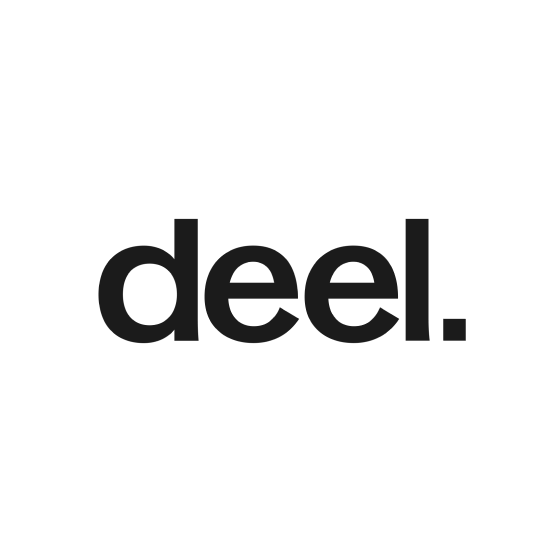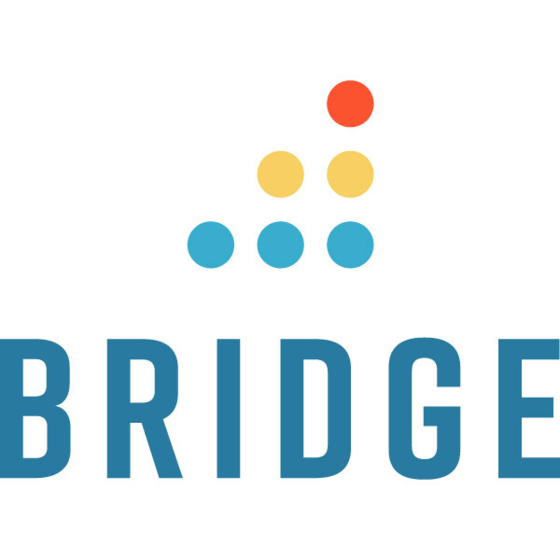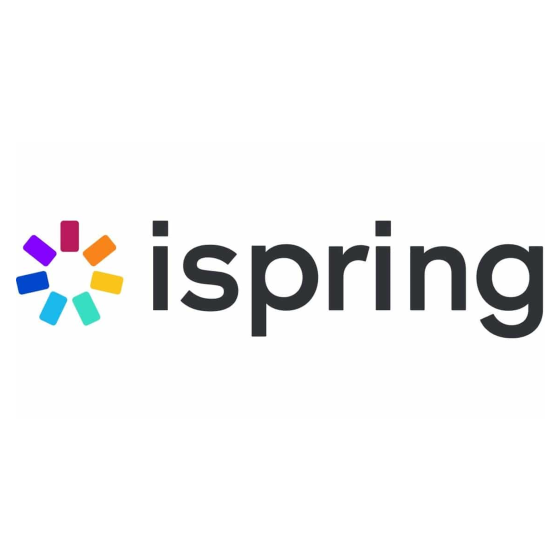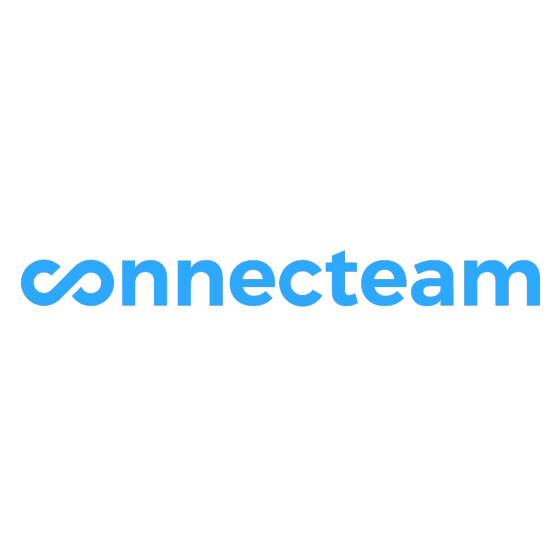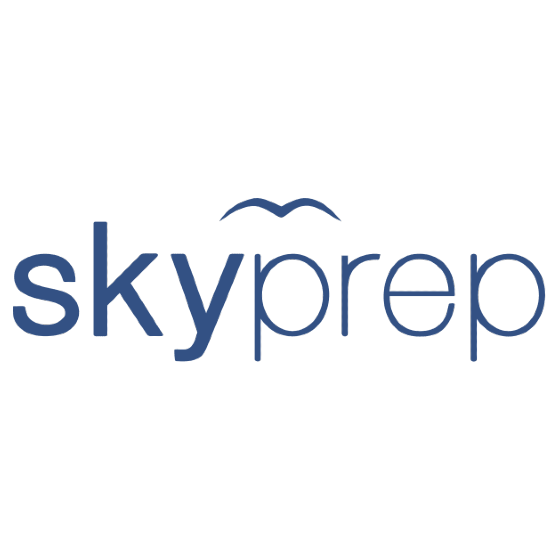Your price changes with what you use: more features (course authoring, analytics), more users, and higher support levels cost more; expect tiered plans and custom quotes, with integrations often in higher tiers.
The sticker price isn’t the full bill: budget for setup/onboarding, integrations, course libraries, and premium support; ask vendors to itemize year‑1 and 3‑year totals before you sign.
Don’t chase the lowest monthly rate; model ROI using training completion and performance gains, and choose a plan your team can grow into with integrations and admin needs.
Figuring our learning management system pricing can be confusing.
Vendors split plans into tiers, gate must-have features, and keep full pricing behind demos, so apples-to-apples is tough.
This guide is for HR and L&D leads to help you understand cost ranges, common pricing models, what drives price, and the fees vendors don’t advertise—setup, integrations, support, and storage.
You’ll also get simple tips to gauge ROI and pick what fits your team and budget.
What Factors Influence Learning Management System Pricing?
If you train 500 seasonal staff twice a year, need SSO to your HRIS, and want a ready-made course library, your bill won’t match a 50-person team that builds content in-house; here’s how vendors usually price and where costs add up:
| Factor | How It Affects Pricing |
|---|---|
| Regulatory Modules | Compliance add-ons (cert tracking, audit reports) are often extra; expect $1–$10 per user/month, and plan for setup in the $1,000–$10,000 range if workflows are complex. |
| Specialized Templates | Advanced authoring/templates typically sit in higher tiers, pushing you toward the top of $5–$20 per user/month; confirm what’s in each tier before you pick a plan. |
| Use-Case Tags | Domain tagging and richer analytics usually require pricier tiers; budget nearer $20 per user/month if you need granular reporting by role/location. |
| Active Users vs Named Users | Per-active-user runs about $5–$20 per user/month, or $2–$3 per learner per course on pay‑as‑you‑go; if you train in bursts, you can cut costs by paying only when people log in. |
| Implementation & Training | Data migration, SSO setup, and admin training often carry one‑time fees of $1,000–$10,000; the more systems you connect, the higher the bill. |
| Content Library Licensing | Off‑the‑shelf course libraries add roughly $500–$5,000 depending on catalog size; cheaper if you only need a few compliance titles. |
Learning Management System Price Comparison
| Tool | Best For | Trial Info | Price | ||
|---|---|---|---|---|---|
| 1 | Best for integrated performance and learning | Free trial + demo available | From $29/month | Website | |
| 2 | Best for auto-enrollment | Free demo available | Pricing upon request | Website | |
| 3 | Best for advanced course authoring | Free demo available | Pricing upon request | Website | |
| 4 | Best for customizable LMS needs | Free demo available | Pricing upon request | Website | |
| 5 | Best for AI-powered smart features | Free trial + free demo | Pricing upon request | Website | |
| 6 | Best for authoring and tracking capabilities | Free trial + demo available | From $3.70/user/month (billed annually) | Website | |
| 7 | Best on-the-go training for frontline employees | 14-day free trial + free plan available | From $29/month (for up to 30 users, billed annually) + $0.5/user/month for each additional user | Website | |
| 8 | Best for personalized customer support | 14-day free trial | Pricing upon request | Website | |
| 9 | Best for its course builder | Free trial + free demo | From $50/month | Website | |
| 10 | Best for industry-specific training compliance | Free demo available | Pricing upon request | Website |
Understanding Pricing Models
When you’re selecting a learning management system, the pricing model decides how you’re billed, but your actual cost still depends on seat counts, active vs inactive users, and add-ons like SSO or course libraries.
Ask for quotes that model your peak season and average usage, note any minimums, and compare monthly vs annual totals with setup, support, and integrations included Here’s how the common models work and what to watch for:
| Pricing Model | How It Works | What to Watch For |
|---|---|---|
| Per user or seat | You pay a flat rate for each named user, usually billed monthly or annually | You’re charged for inactive seats, minimum seat packs, and some vendors bill admin/reviewer seats too; features like SSO or advanced analytics may require higher tiers |
| Per usage | Pricing is tied to active users in a period, enrollments, or specific actions like course completions | Overage rates if you exceed active user thresholds, seasonal spikes that raise bills, and metered items like storage or bandwidth can add up |
| Tiered subscription | Plans bundle features and limits; higher tiers unlock advanced reporting, integrations, or compliance tools | You may need to upgrade to access APIs, SSO, SCORM/xAPI, or granular permissions; watch caps on users, groups, and automations |
| Custom quote | Pricing is tailored to your size, compliance needs, and support SLAs | Get an itemized quote with user caps, environments, and support levels; include implementation, training, and integration work in the SOW to avoid change orders |
| Pay-as-you-go or annual | Monthly offers flexibility; annual prepay usually lowers the unit price | Annual discounts come with lock-in and early termination fees; monthly rates are higher and may still have minimum spend or seat floors |
Typical Pricing by Company Size
Pricing scales with headcount and feature needs—per‑user tiers, SSO, HRIS integrations, and course libraries mean your 50‑person team pays far less than a 1,000+ org; here’s what to expect by size:
| Company Size | Typical Price Range | What’s Usually Included | Common Use Cases & Vendors |
|---|---|---|---|
| Small business | $30–$500/month | Core LMS, basic course builder, quizzes, limited reports, email support; SSO, API, advanced analytics, and content libraries often extra | New‑hire onboarding, basic compliance, mobile microlearning; Connecteam, Coassemble, iSpring Learn |
| Mid-size business | $500–$3,000/month | Role‑based learning paths, standard reports, basic SSO or SAML, HRIS integration on mid tiers; premium support and larger libraries as add‑ons | Department training, manager dashboards, HRIS sync; Bridge, Kallidus Learn, SkyPrep |
| Large business | $3,000–$10,000+/month | Advanced analytics, SCORM/xAPI, SSO, automation, groups and permissions; sandboxes, multi‑tenant, and professional services often extra | Multi‑site compliance, skills tracking, extended enterprise portals; Absorb LMS, Docebo, Tovuti |
| Enterprise | $10,000+/month, custom with SLAs | Dedicated CSM, security reviews, data residency, multi‑tenant, API access; HIPAA/BAA, custom terms, and complex integrations as SOW items | Global rollouts, regulated training, partner/customer academies at scale; Docebo, Absorb LMS, Skillsoft |
Hidden & Add-On Costs to Watch For
When deciding on a learning management system, be aware of hidden costs that could surprise your budget.
Onboarding fees, for example, can add hundreds to thousands of dollars, and integrations might require extra licenses. Knowing these costs upfront helps you make better decisions:
| Hidden/Add-On Cost | Description |
|---|---|
| Onboarding/setup fees | Initial setup fees can range from $500 to $2,000. Some systems like Cornerstone charge for LMS implementation support, which impacts your budget from the start. |
| Training or certifications | Training costs can be $100-$500 per user. Vendors like SAP Litmos offer certification programs at an additional cost, which can add up if you have a large team. |
| Premium support | Premium support options, such as 24/7 assistance, can cost an extra $1,000-$3,000 per year. Systems like Docebo offer tiered support levels, impacting your overall spend. |
| Integrations beyond standard set | Additional integrations might require extra licenses or fees. Platforms like Blackboard often charge for third-party integrations, which can increase costs unexpectedly. |
| Usage overages | If you exceed usage limits, expect added fees. For instance, TalentLMS may charge more if your user count spikes beyond your plan. |
| Contract minimums | Some vendors, like Saba Cloud, require contract minimums that lock you into long-term agreements and can limit flexibility, impacting your cost structure. |
| Compliance or legal updates | Compliance updates might incur extra costs, especially in regulated industries. Systems like SuccessFactors may charge for additional modules to meet new legal requirements, which can add unforeseen expenses to your budget. |
Types of Learning Management System Pricing: Subscription Plans & Upgrade Triggers
Learning management systems often use subscription plans with tiered pricing, where costs vary based on features and user limits:
- Plan Tiers: Many LMS platforms like TalentLMS and SAP Litmos offer Starter, Pro, and Enterprise plans. Starter plans might include basic features, while higher tiers unlock advanced analytics and custom branding.
- Upgrade Triggers: User limits and integration caps often trigger the need to upgrade your plan. For example, if your team grows beyond the user limit of a basic plan, you'll need to move to a higher tier.
- Annual vs. Monthly Discounts: Some vendors, such as Docebo, provide discounts for annual payments, saving you money compared to monthly billing.
- Transparency: Vendors like Absorb LMS are clear about their tiered pricing but may have additional costs for premium support or custom integrations.
To avoid overspending, evaluate your team's needs carefully and choose a plan that aligns with your growth without unnecessary add-ons. Always check for hidden fees in the fine print.
Maximizing ROI from Your Learning Management System Investment
Tracking ROI can guide your buying decision and ensure your learning management system delivers lasting value:
Time Saved
Automation and streamlined workflows in an LMS can significantly reduce manual effort and free up your team's bandwidth.
Consider what manual processes this system will replace and how much time your team could reclaim.
Ask vendors to demonstrate how their platform's features save time in typical use cases. This insight helps you understand the potential time savings and efficiency gains.
Error Reduction
Reducing manual handoffs or calculations can prevent costly mistakes. Identify where errors currently occur and explore how this system addresses those issues.
Ask vendors to show how their platform validates or controls data to minimize errors. This evaluation can help you quantify the cost savings from error reduction.
Compliance Avoidance
LMS features supporting legal, financial, or industry standards can lower the risk of fines or audits. Inquire about built-in compliance features and whether the platform supports your industry requirements.
Request examples from vendors on how their system has helped avoid compliance gaps. This understanding can help you assess potential risk reduction benefits.
Cross-Team Adoption or Consolidation
Having one tool replace many or being easy for multiple teams to use can cut costs and enhance alignment.
Evaluate if the LMS could replace multiple tools and identify which teams would realistically adopt it.
Ask vendors for stories about successful rollouts across functions. This approach can illuminate potential cost savings and operational improvements from consolidation.
Questions to Ask Vendors During Pricing Demos
Demos are your team’s chance to clarify pricing, explore what's included, and steer clear of unwelcome surprises.
Come prepared with targeted questions so you can make informed decisions.
If you're considering writing a learning management system RFP, these queries will be invaluable as you evaluate potential vendors:
- How is the pricing structure set up, and are there any hidden fees?
- What features are accessible at each pricing tier?
- Are there usage caps, and what happens if we exceed them?
- What are the support and onboarding fees, if any?
- How does billing frequency work, and what are the renewal terms?
- What integrations are covered, and are there limits to this coverage?
- Are there discounts for annual billing or long-term commitments?
- How do you handle price increases over the contract term?
Tips for Negotiating Learning Management System Pricing
Pricing is often flexible, and being well-prepared can lead to better outcomes. Strong negotiation tactics can help your team secure favorable pricing and contract terms without losing out on essential features:
- Benchmark Competitors: Research what similar companies pay for their LMS to gain leverage. Use this data to negotiate a fair price with your chosen vendor.
- Discount Opportunities: Ask about discounts for startups, nonprofits, or long-term commitments. Vendors often have special pricing for these groups, so don’t hesitate to inquire.
- Pilot Programs: Suggest starting with a pilot program or phased rollout. This can often lead to lower initial costs and gives you the chance to test the system before full deployment.
- Renewal and Lock-In Clauses: Be wary of renewal terms and lock-in clauses. Negotiate flexible terms that allow you to renegotiate rates or exit without hefty penalties.
- Group Buying: Leverage group buying or procurement support if possible. Joining forces with other departments or organizations can lead to volume discounts.
What’s Next:
If you're in the process of researching a new learning management system, connect with a SoftwareSelect advisor for free recommendations.
You fill out a form and have a quick chat where they get into the specifics of your needs. Then you'll get a shortlist of software to review. They'll even support you through the entire buying process, including price negotiations.


